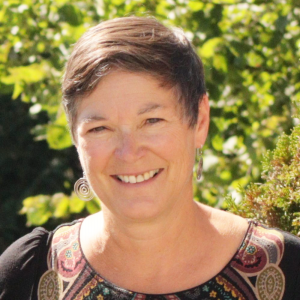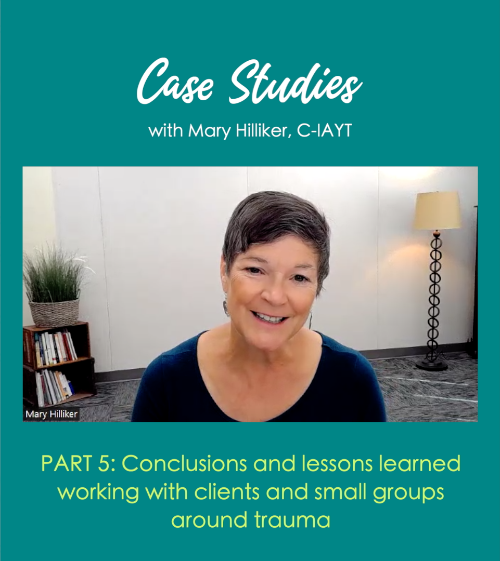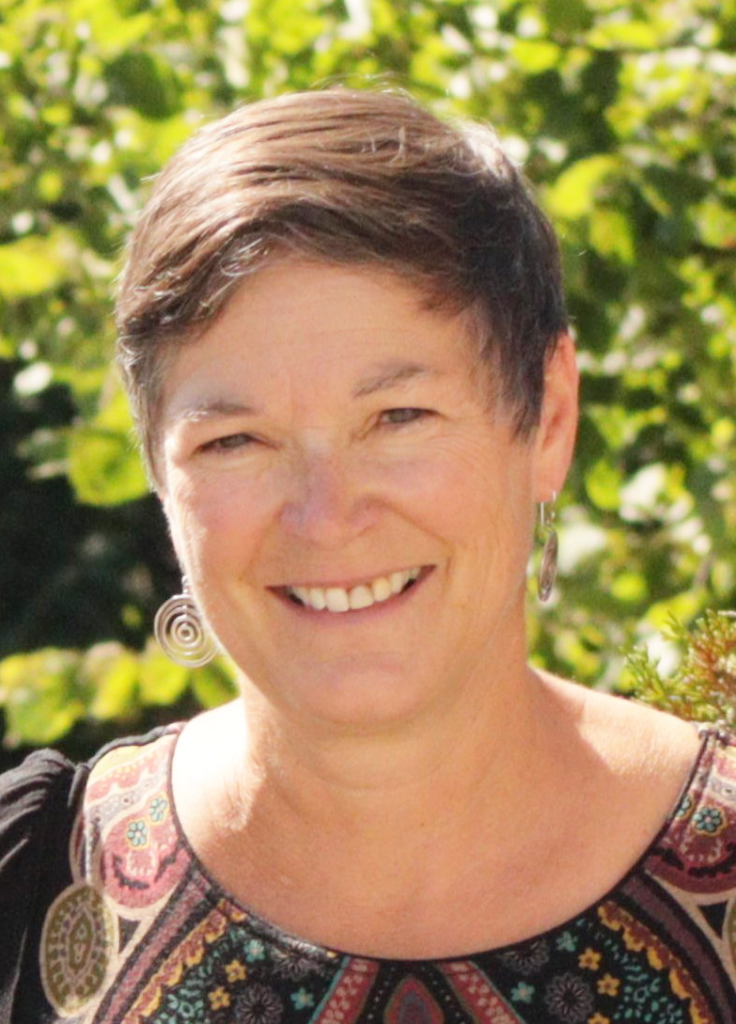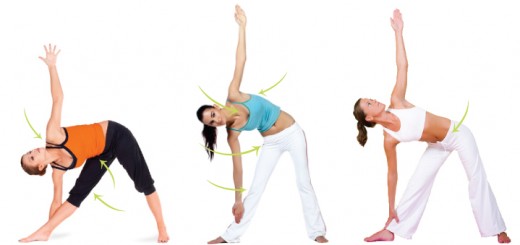Taking care of yourself as a yoga therapist & yoga teacher who works with trauma recovery
0
by Mary Hilliker, RDN, E-RYT 500, C-IAYT
The ability to hold the space for clients who have experienced trauma requires the ability to take care of yourself and continue to refine your understanding of suffering and how to come out of suffering. I propose four important ideas:
- Personal Practice
- Studying Yoga Philosophical Teachings on Suffering
- Studying The Evolving Field of Trauma Recovery
- Rituals Of Self-Care.
Personal Practice
Personal practice is an important aspect of teaching yoga and doing Yoga Therapy. We return to the place before any of your own stories have arisen. Personal practice helps us be able to be present, clear and take in the totality of another human being. If we are practicing, we are also more able to hear another’s story without getting enmeshed in the story. Regulating prana is another feature of personal practice that is key to working with others. Through pranayama and meditation, we cultivate a steadiness in energy and mental and emotional stability.
Your personal practice may also be a playground for exploring yoga tools and gaining a deeper understanding of how the tools work. Of course, we can’t ever assume that how something works for us will be the same for another person. Using tools in our practice over time and understanding some of the variability is certainly better than reading about something one day and teaching it the next!
One additional way I use personal practice is to find a space in my morning practice to be with the clients I serve, allowing perspectives to arise from a place of meditative stillness. Sometimes this seems like one of the most important things I do.

Studying Yoga Philosophy
Studying yoga philosophical teachings on suffering and the ancients’ recommendations for how to come out of suffering provides more depth in our work with ourselves and with our clients. A book that has been important to me, originally recommended to me by my teacher Gary Kraftsow of the American Viniyoga Institute, is “Embodying the Yoga Sutra: Support, Direction and Space” by Ranju Roy and David Charlton. While I have several books that offer commentary on the Yoga Sutras of Patanjali, I find the perspectives and ideas relevant for teaching about suffering and how to come out of it.
As with many of the commentaries on yoga philosophy, we can return to them repeatedly finding new meaning in the words based on our evolution as Yoga Therapists, teachers, and practitioners. Studying yoga philosophy helps us realize the helpfulness of the teachings over thousands of years.
Studying the Evolving Field of Trauma Recovery
The field of trauma recovery is quickly evolving with the blending of eastern and western perspectives to better help clients. An openness to learning from western medical science and psychology brings new perspectives or perhaps even explains what the ancients were on to thousands of years ago.
I mentioned in an earlier blog that I appreciate Deb Dana’s work because she takes polyvagal theory and offers concrete tools for understanding it within the human experience. It’s a wonderful overlay to put with Yoga Therapy assessment and intervention and to consider educational tools for clients who are in trauma recovery. And you too may have your favorites, your way of augmenting your yoga tools with new perspectives and ways to educate clients.
Rituals of Self-Care
How we take care of ourselves is essential to working with clients who have experienced trauma. Rituals of self-care may be as simple as washing hands and face at the end of a workday, taking a walk, engaging in a hobby or sport, chanting, cooking a meal, doing a short yoga practice, being with family or friends, or taking vacations. Being able to discharge and let go of the stories and the witnessing of suffering is important for staying clear and balanced in the work. I find chanting or going for a walk in a soothing environment or golfing very helpful. Chanting and golfing require focused attention. Going for a walk is more of a time for processing. Getting sleep, eating a supportive diet, tending to your needs, and having the company of good people also supports prana.
In Embodying the Yoga Sutra: Support, Direction and Space by Ranju Roy and David Charlton, they refer to Peter Hersnack’s interpretation of sauca as “caring for oneself as if for another.” How is it that we cultivate lightness and clarity physically, mentally, and emotionally so that we can continue to do this good work? It’s an important question for self-reflection that then requires putting what you need in place. I don’t think you can fake it in this type of work. There’s a continual need for the deep inner practices of yoga to care for yourself.

Check out Mary’s Real-Life Case Studies video series on the Sequence Wiz community site. (Available exclusively to Sequence Wiz members. Learn more about Sequence Wiz membership >)
Part 1 (released): Introduction and an overview of the case studies
Part 2 (released): Using micromovements, langhana breathing, and personal mantra to deal with the trauma of a vehicular accident
Part 3 (released): Using breath-centered asana, segmented breathing, and five senses meditation in a therapeutic group
Part 4 (released): Using standing poses, brief breath retention with lengthened exhale, and mantra to regain personal strength
Part 5 (coming this Friday): Conclusions and lessons learned working with clients and small groups around trauma
Join our Case Studies group to follow along!
[jetpack_subscription_form]
About Mary
Mary Hilliker is a Registered Dietitian/Nutritionist, an experienced yoga teacher at the E-RYT 500 level and a Certified Yoga Therapist with the International Association of Yoga Therapists (C-IAYT). She studied with Gary Kraftsow of the American Viniyoga Institute for the last 20 years.

Mary has been mentoring yoga therapists for the last 8 years in their individual client work, development of therapeutic groups and workshops, personal practice and professional transformation. Mary worked with Gary Kraftsow and the American Viniyoga Institute in administrative, faculty and curriculum coordination roles, most recently with the AVI Yoga Therapist Training.
Interest in musculoskeletal health was fundamental to her early start in Yoga Therapy. Her work evolved to a generalist Yoga Therapy practice that also includes a focus on physiological and mental health. Much of her work focuses on beginners and people 55+, people who seek out Yoga Therapy who haven’t been exposed to yoga or Viniyoga. She teaches therapeutic groups and special events such as Yoga for Better Sleep, Yoga for Stressful and Anxious Times, Yoga for Digestive Health, Yoga for Grief & Healing, Yoga Therapy for Structural Conditions, Yoga Therapy for Headaches, Yoga for Seasonal Changes and Yoga for Fatigue.
Mary owns and operates River Flow Yoga Teacher Training School, a Yoga Alliance RYS-200 and RYS-300 in Wausau, Wisconsin. She is a business partner and teacher/yoga therapist with 5 Koshas Yoga & Wellness in Wausau, WI. In that role, she focuses her time on individualized Yoga Therapy, teaching Yoga Therapy groups, webinars and special events, training yoga teachers, and providing continuing education for yoga teachers and yoga therapists.



















